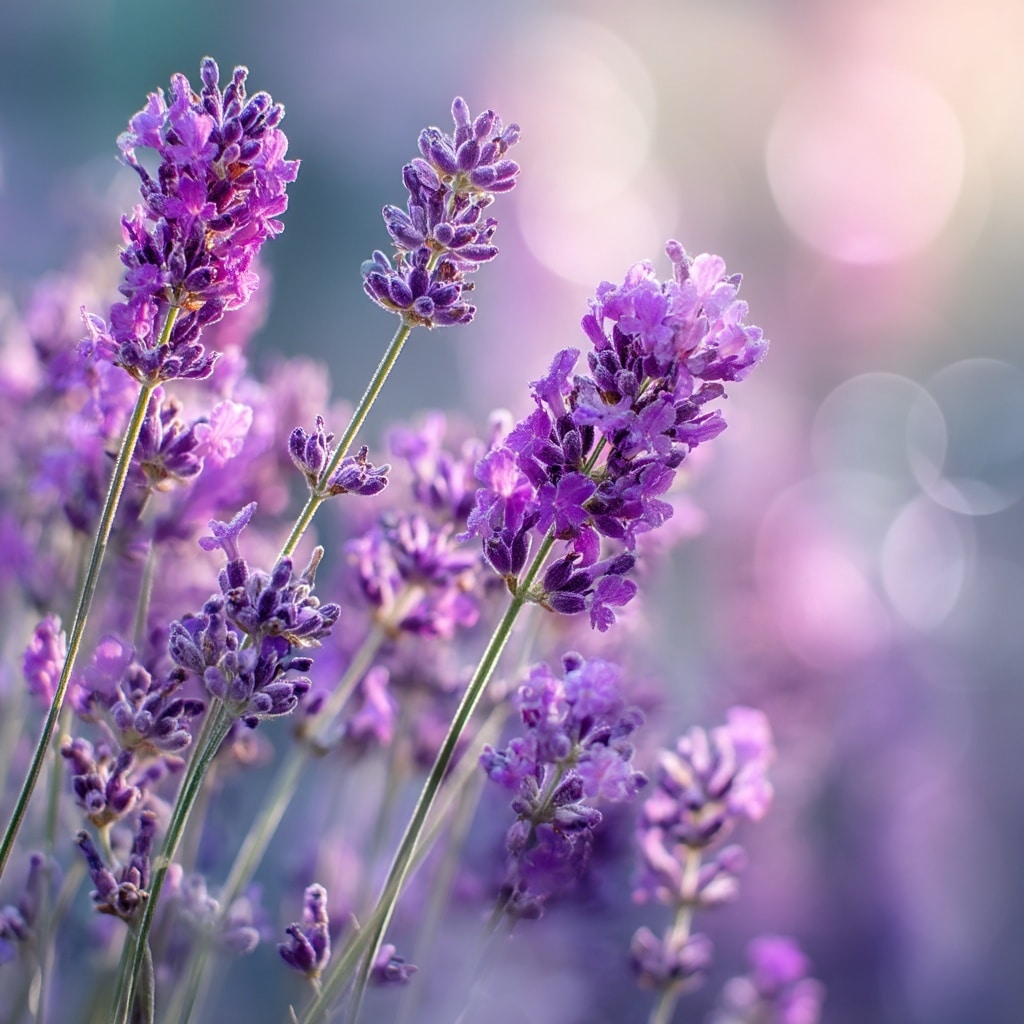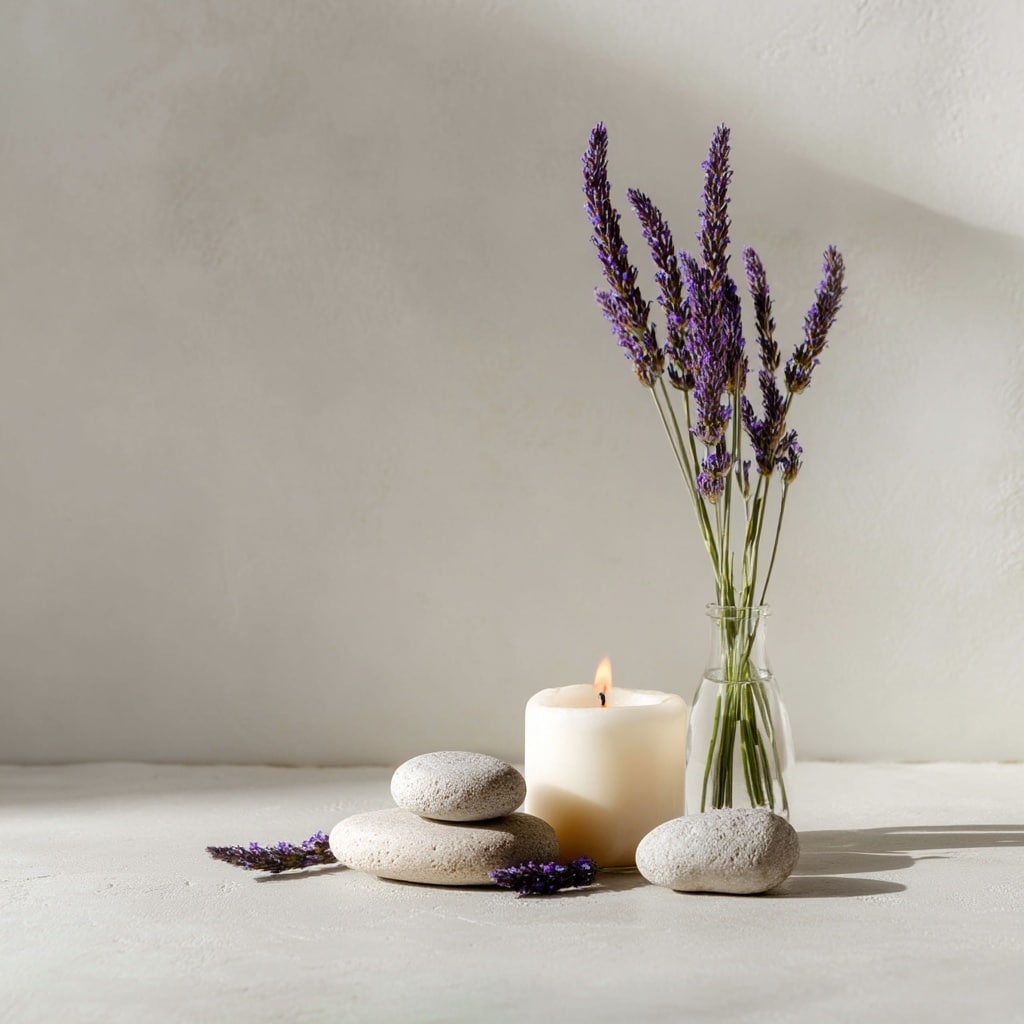Lavender is more than just a beautiful plant with soothing purple hues — it’s a symbol of calm, purity, and timeless elegance. Known for its fragrant blooms and silvery-green foliage, lavender has captivated gardeners, healers, and spiritual seekers for centuries. Native to the Mediterranean and parts of Asia, this perennial herb is cherished in modern gardens not only for its stunning looks but also for its gentle presence and therapeutic qualities. Whether planted in borders or dried in a sachet, lavender has a unique ability to uplift the spirit and relax the mind. But beyond its visual appeal and unmistakable scent lies a deeper world of meaning, cultural significance, and historical use that has earned lavender its cherished place across continents and generations.
Table of Contents
The Deeper Meaning Behind Lavender
Throughout history, lavender has carried a rich tapestry of meanings that extend far beyond its delicate fragrance and vibrant blooms. Most commonly, lavender symbolizes calm, purity, devotion, and serenity—traits that echo the peaceful energy this herb seems to naturally radiate.
In many cultures, lavender is also associated with grace and femininity, making it a popular flower in wedding bouquets and spiritual rituals. The color itself, a gentle shade of purple, has long represented royalty, luxury, and elegance, hinting at lavender’s noble standing among herbs.
On a deeper level, lavender is often linked with the crown chakra in spiritual practices, believed to enhance intuition, clarity, and connection to higher consciousness. This makes it a favored plant in meditation spaces and healing environments.
Whether used in a home garden or worn as a scent, lavender communicates a sense of peaceful strength—an unspoken invitation to slow down, breathe deeply, and reconnect with what matters.
A Timeless Herb: Historical Uses of Lavender

For over 2,500 years, lavender has played a prominent role in healing, cleansing, and ritual. Ancient civilizations like the Egyptians used lavender oil in embalming and ceremonial preparations, drawn to its purifying properties and soothing scent. Meanwhile, Greek physicians praised lavender for its medicinal value, using it to treat ailments like sore throats, indigestion, and even headaches.
The Romans elevated lavender’s status further—adding it to baths, perfumes, and even as a household insect repellent. Interestingly, the name “lavender” comes from the Latin word lavare, meaning “to wash,” reflecting its use in Roman bathing rituals.
During the Middle Ages and Renaissance, lavender was a staple in apothecaries and herb gardens. It was believed to ward off plague and was used in potpourri and aromatic sachets to freshen homes. Lavender’s role in folk medicine grew as its antiseptic and calming qualities became better understood, laying the foundation for its wide-ranging use today.
Modern Benefits of Lavender
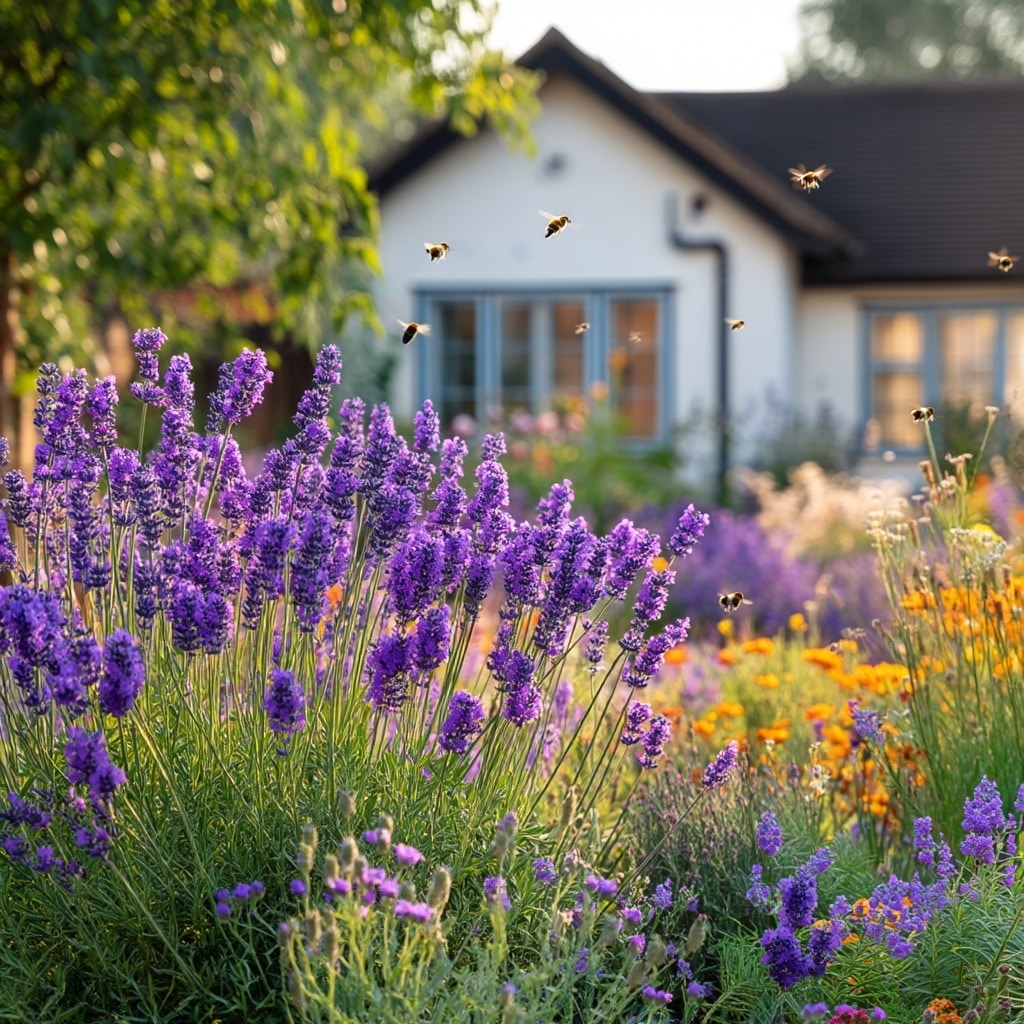
In today’s world, lavender continues to be valued not only for its beauty but for its versatility and practical uses. Gardeners love it as a natural pest deterrent—its scent keeps deer, rabbits, and mosquitoes at bay, making it an excellent companion plant in flower and vegetable beds.
Lavender also shines in the kitchen. Culinary varieties like Lavandula angustifolia offer a soft, floral flavor that enhances everything from roasted meats to desserts and cocktails. Just a few blossoms can elevate a salad or lend a unique twist to lemonade.
As an ornamental plant, lavender is incredibly flexible. It works well in rock gardens, borders, raised beds, and containers. Its long-lasting blooms and fragrant foliage bring life to both modern landscapes and traditional cottage gardens.
And let’s not forget its mood-enhancing presence. Whether growing fresh or drying indoors, lavender has a calming effect that makes it a cherished plant for wellness spaces and everyday homes alike.
Popular Uses of Lavender Today
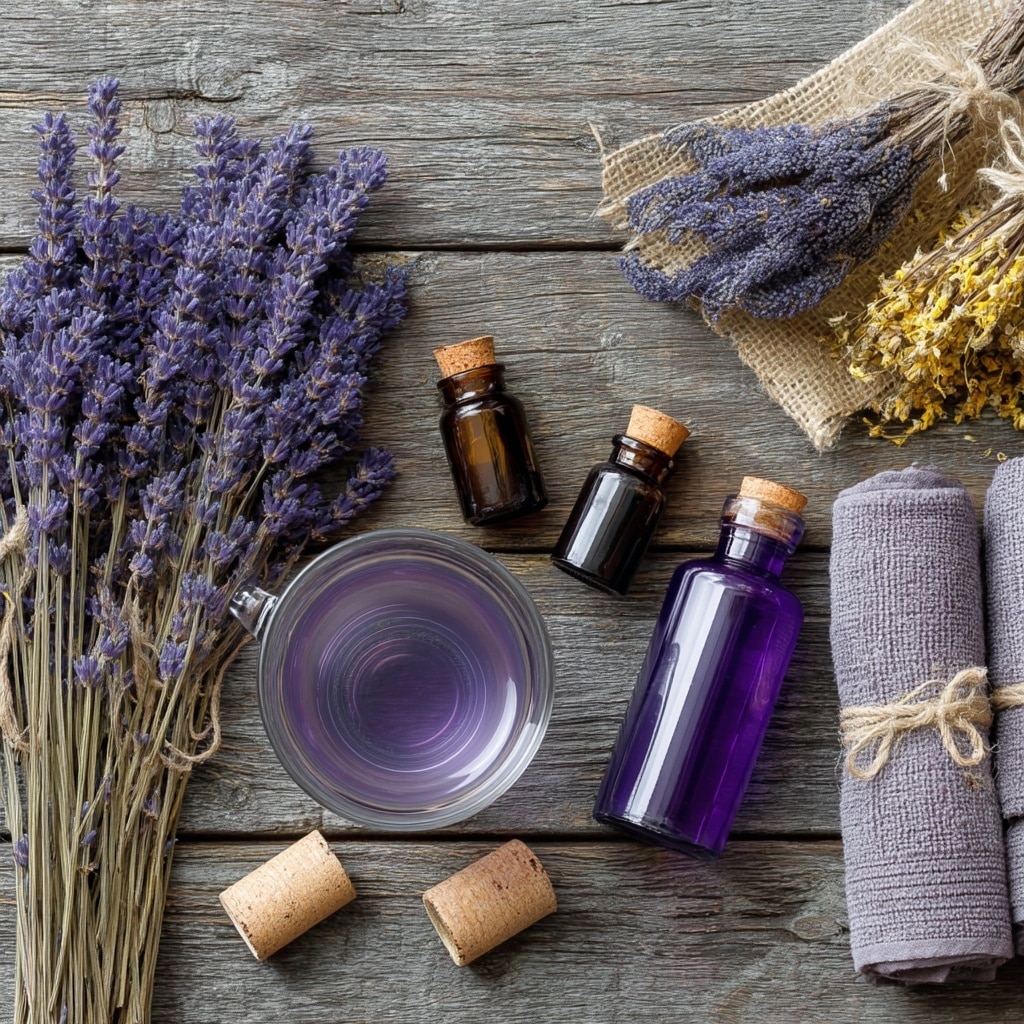
The appeal of lavender goes far beyond the garden. Its calming aroma and healing compounds make it a favorite ingredient in self-care, culinary, and home products across the globe.
Lavender Tea
Brewing lavender into tea is one of the gentlest ways to enjoy its benefits. Known to ease insomnia, nervous tension, and digestive upset, a cup of lavender tea before bed promotes restful sleep and relaxation.
Essential Lavender Oil
Lavender essential oil is one of the most widely used in aromatherapy. It’s known to help relieve headaches, reduce stress, and promote skin healing. Just a few drops in a diffuser or bath can shift the mood of an entire room. It’s also used in massage therapy, acne treatments, and natural cleaning products for its antibacterial qualities.
Lavender Lotions and Balms
Skin-care products infused with lavender do double duty: they soothe the skin while delivering a gentle, calming scent. These lotions are especially loved for evening routines and as thoughtful, practical gifts.
Home Fragrance and Decor
From candles to room sprays, dried sachets, and potpourri, lavender remains a go-to choice for refreshing homes. Not only does it offer a clean floral scent, but it also helps reduce anxiety and create a sense of peace in any space.
Types of Lavender: Choosing the Right Variety
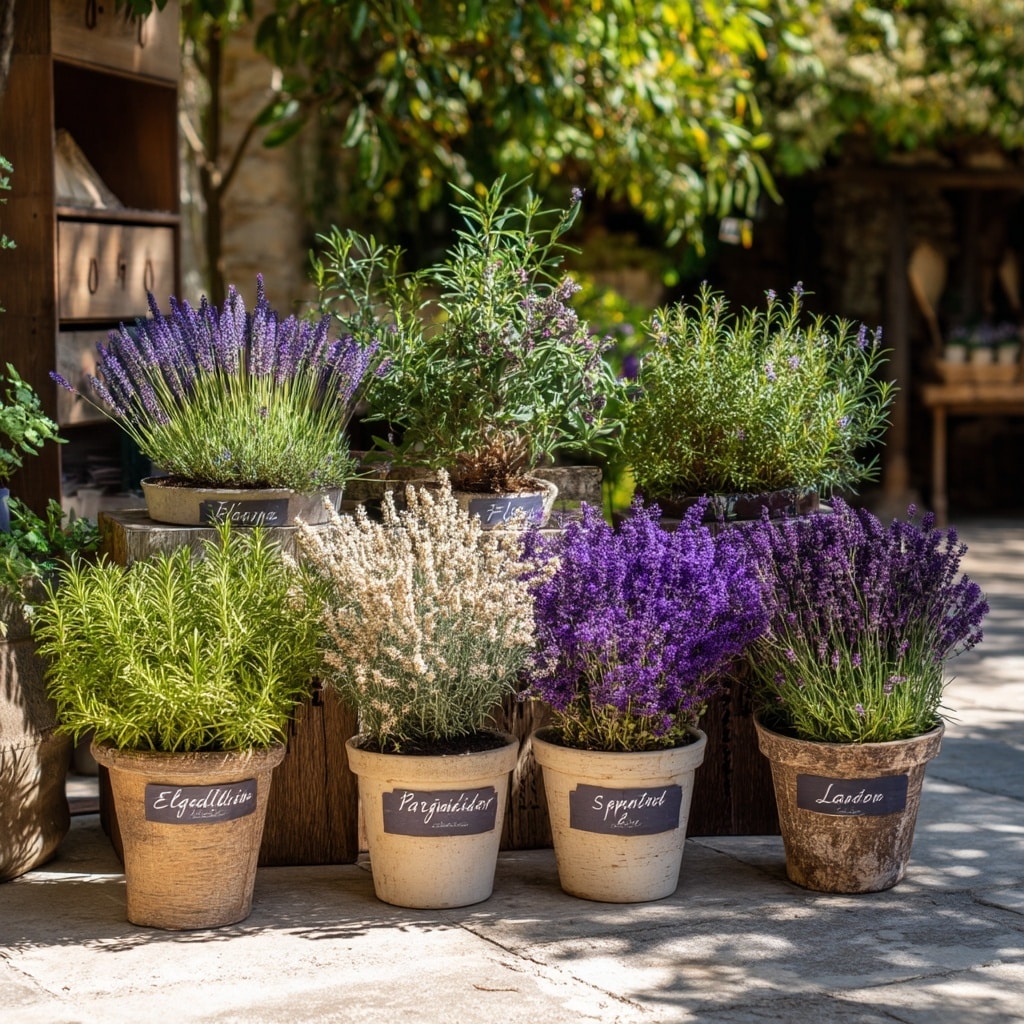
With over 45 known species, lavender offers a surprising range of shapes, sizes, and scents. Understanding the differences between these types can help you choose the best variety for your climate, garden design, or intended use.
1. English Lavender (Lavandula angustifolia)
Arguably the most popular and versatile, English lavender grows in compact mounds with narrow leaves and fragrant purple, pink, or white flowers. It’s ideal for cooler climates and prized for its high oil content—making it the top choice for perfumes, sachets, and culinary uses.
2. French Lavender (Lavandula dentata)
This variety features soft purple flowers and toothed leaves with a spicy aroma. French lavender blooms from spring through fall and thrives in warmer regions. Though less potent in scent, it’s commonly used for decorative gardens, sachets, and potpourri.
3. Portuguese Lavender (Lavandula latifolia)
Known as “spike lavender,” this type has broad leaves and pale lilac flowers with a strong, camphor-like scent. Its essential oil is highly valued for antibacterial and antifungal properties, often used in cleaning and therapeutic blends.
4. Spanish Lavender (Lavandula stoechas)
Easily identified by its pineapple-shaped flower heads topped with “bunny ear” petals, Spanish lavender prefers hot, dry conditions. Its leaves are more fragrant than its blooms, and it’s best suited for ornamental or aromatherapy uses—not for cooking.
5. Lavandin (Lavandula × intermedia)
A hybrid of English and Portuguese lavender, lavandin features tall stems, strong fragrance, and excellent drought tolerance. It’s widely cultivated for mass plantings, hedging, and commercial oil production but is too bitter for culinary use.
How to Grow and Care for Lavender
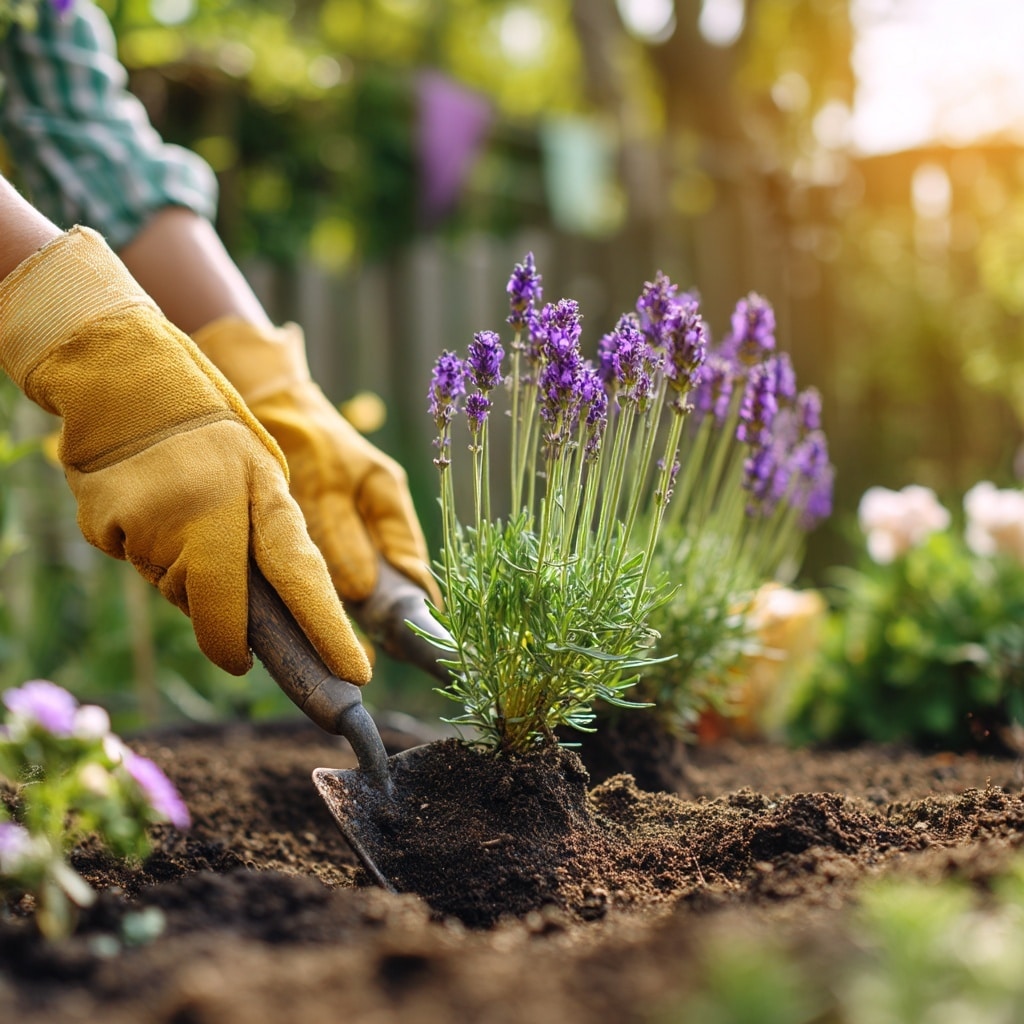
Cultivating lavender in your garden is surprisingly simple, especially once the plant is established. It’s a low-maintenance perennial that thrives in the right conditions and rewards you with beauty, fragrance, and functionality year after year.
Climate and Location
Lavender loves full sun and performs best in well-draining, slightly alkaline soil. It dislikes soggy roots, so avoid planting in heavy, water-retentive soil. If drainage is an issue, consider raised beds or containers.
Most lavender varieties grow well in USDA zones 5–9, but it’s important to choose a type suited to your local climate. For colder areas, English lavender is the hardiest option. French and Spanish types prefer warmer, drier regions.
Planting Tips
- Choose a location that receives at least 6–8 hours of direct sunlight daily.
- Amend the soil with gravel or organic material to improve drainage.
- Space plants 12–18 inches apart to allow for airflow and prevent mildew.
Watering and Pruning
Water deeply but infrequently, allowing the soil to dry out between waterings. Overwatering is one of the most common causes of root rot in lavender.
In the fall, prune back one-third of the plant to maintain shape and encourage new growth in the spring. Be careful not to cut into the woody base, as it doesn’t regenerate well.
Bonus Tip:
Deadhead spent flowers to encourage reblooming, and mulch lightly with sand or crushed stone to reflect heat and reduce weeds.
Conclusion
From its calming fragrance to its rich cultural roots, lavender is more than just a pretty flower—it’s a symbol of tranquility, healing, and timeless grace. Whether you’re sipping lavender tea, planting it as a natural pest repellent, or simply enjoying its beauty in your garden, this versatile herb has something to offer everyone. With so many types and uses, lavender continues to hold a special place in gardens, homes, and hearts around the world.

